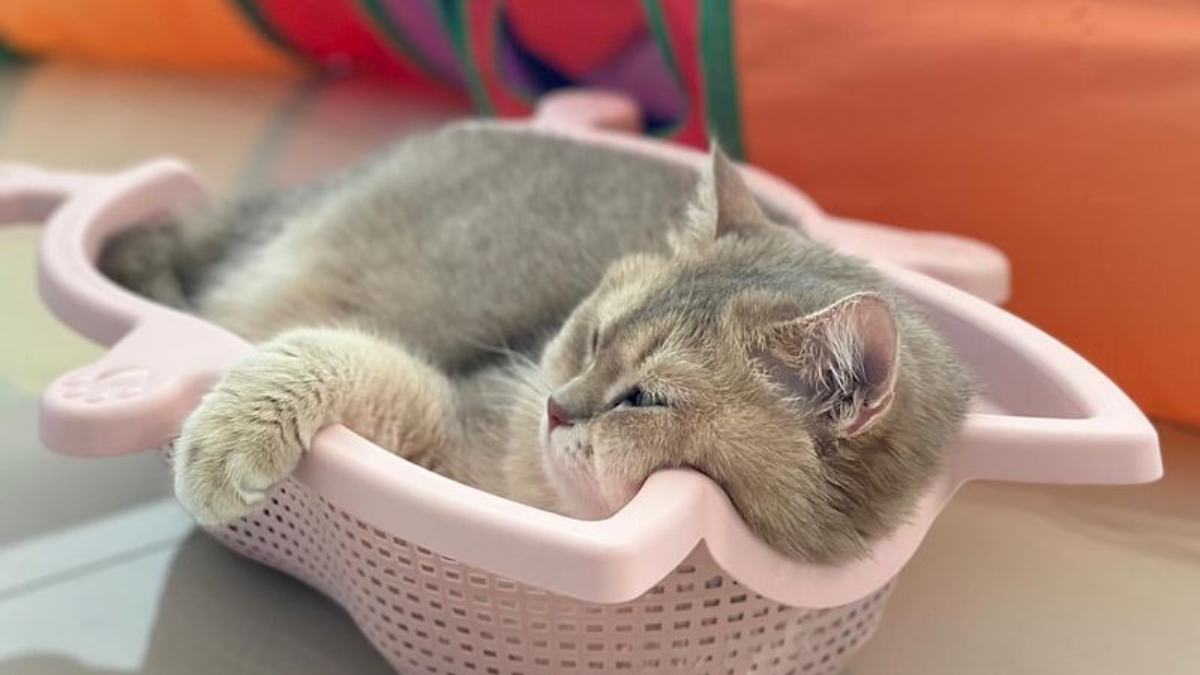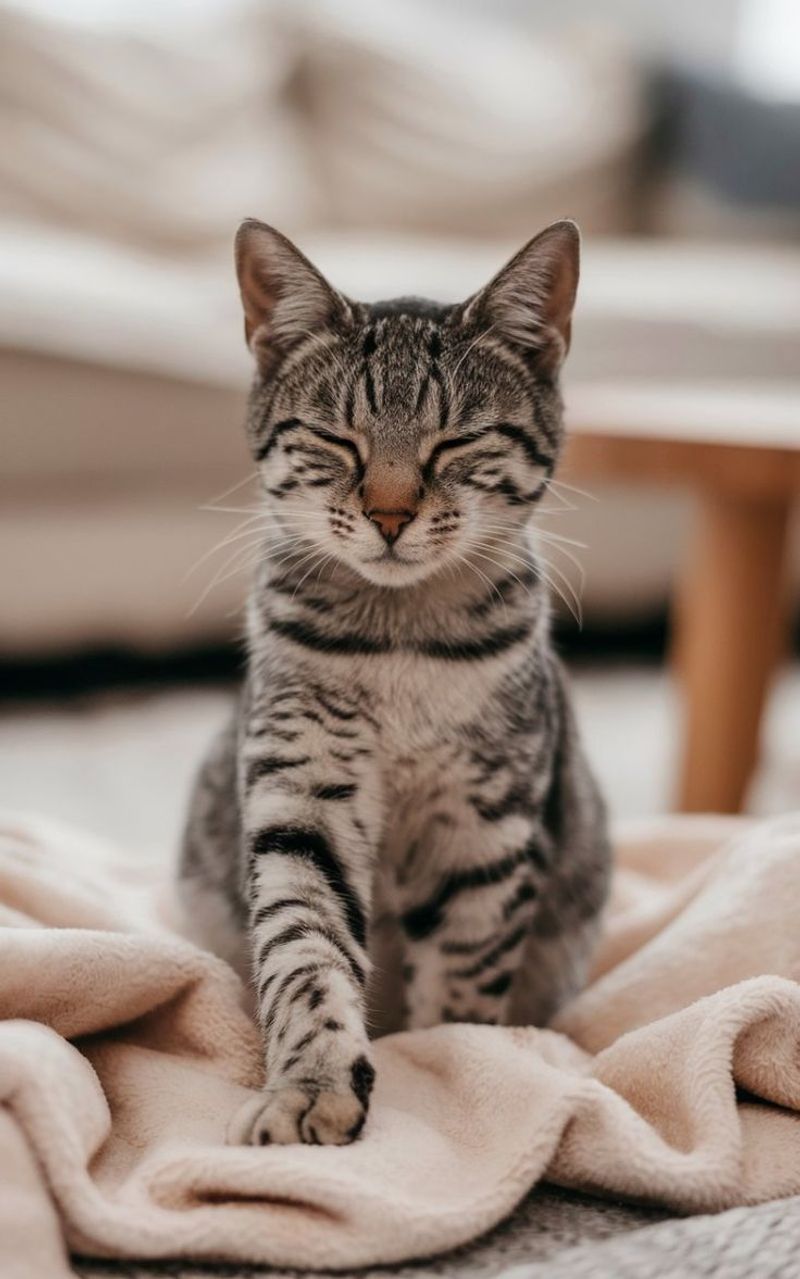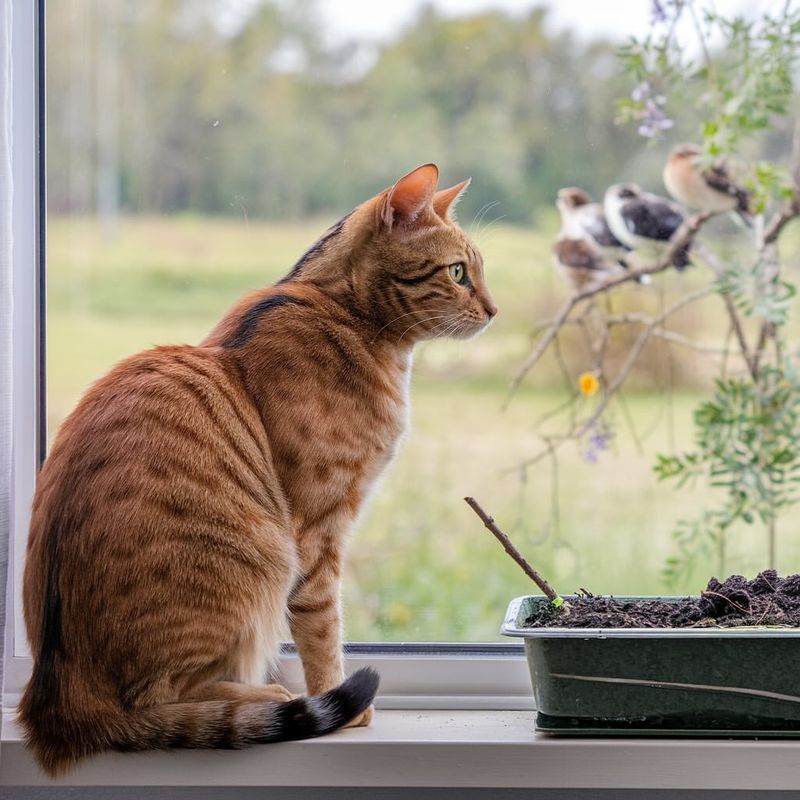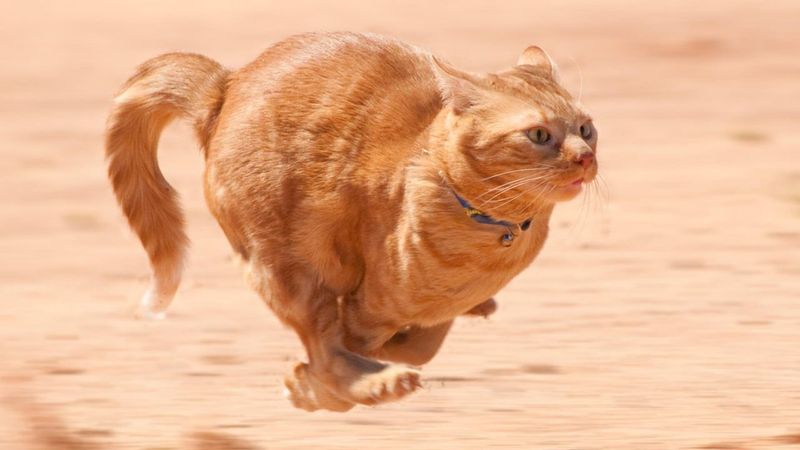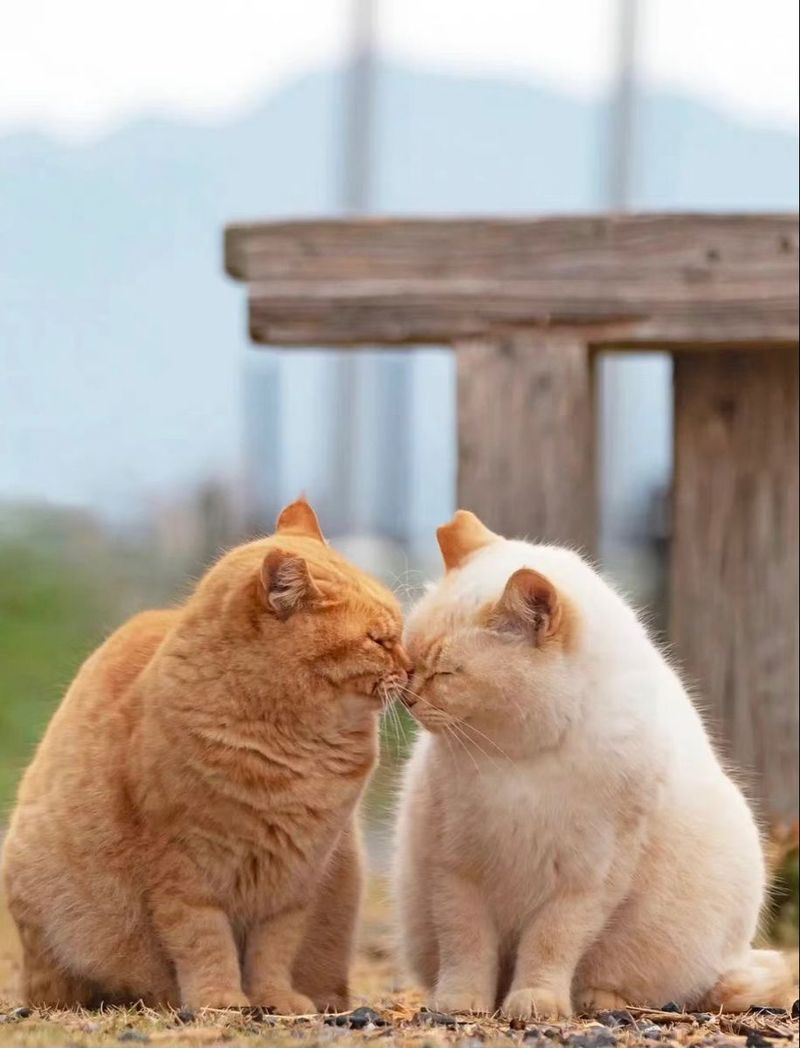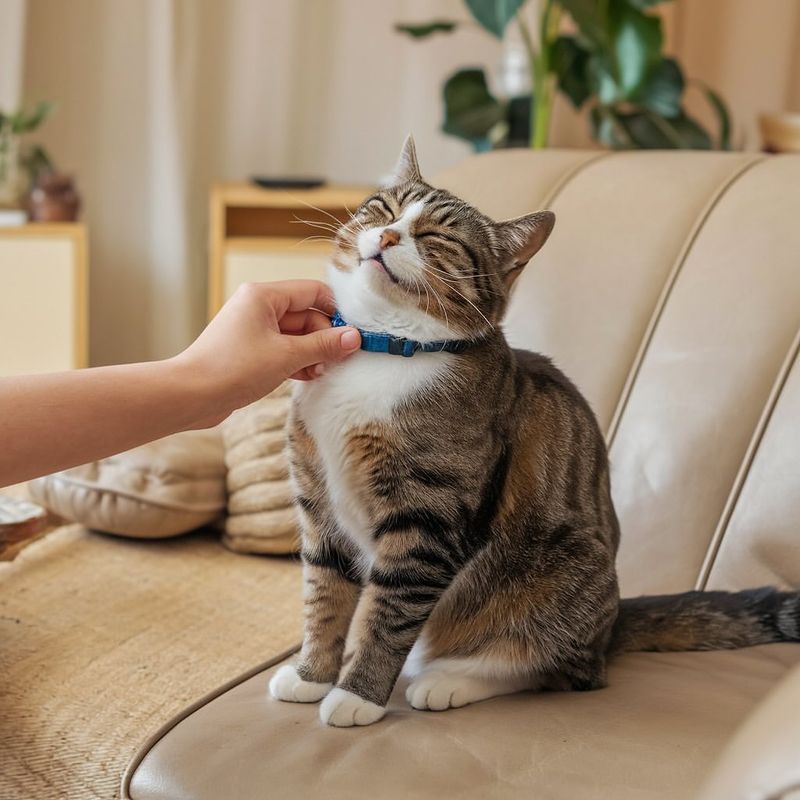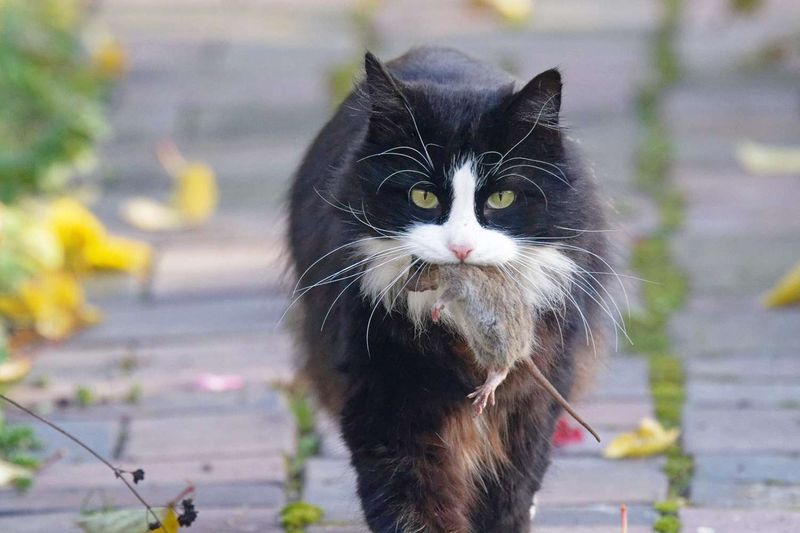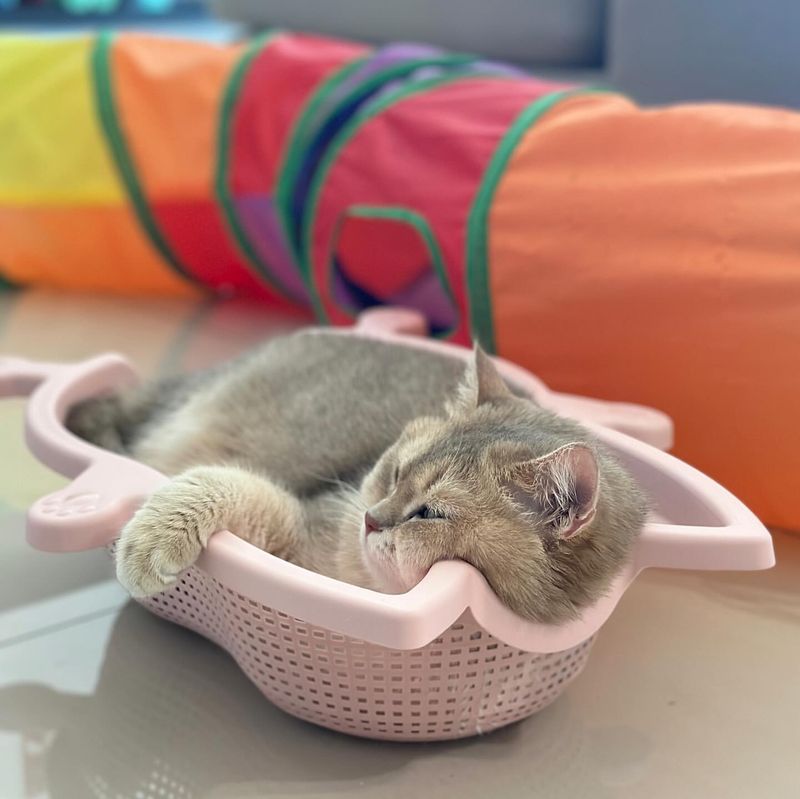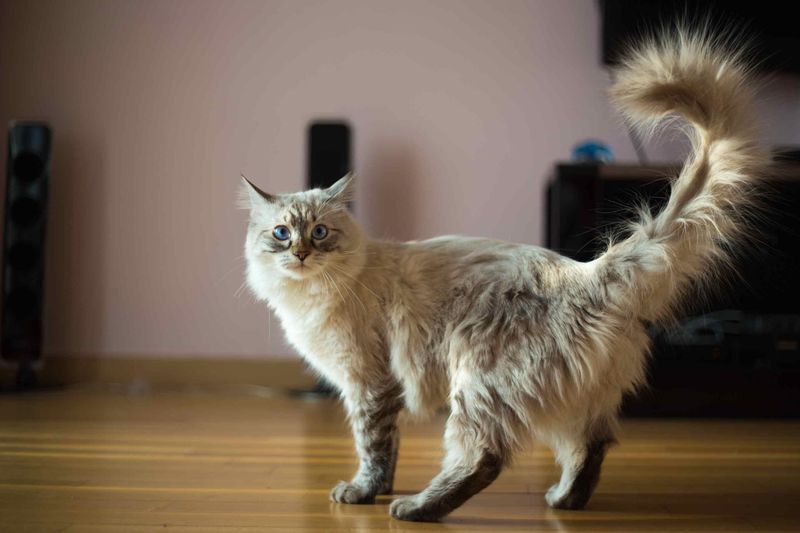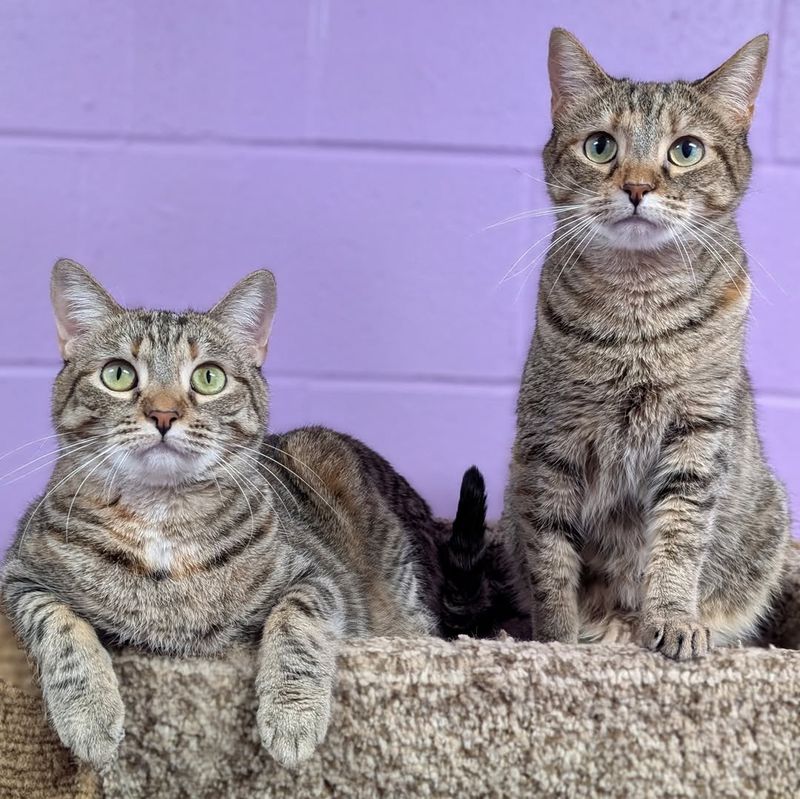📖 Table of Content:
Cats. Adorable, mysterious, and sometimes downright weird. One moment they’re purring sweetly in your lap, and the next, they’re zooming around the house like they’ve seen a ghost.
Why do they knead your favorite blanket like it owes them money? What’s with the sudden obsession with attacking your shoelaces at 3 a.m.?
As quirky as these behaviors might seem, there’s often a logical (and surprisingly scientific) explanation behind them. Cats are intricate little creatures, shaped by evolution, instinct, and maybe a sprinkle of chaos
1. Kneading Paws
Cats knead their paws for several reasons, a behavior often traced back to kittenhood. Kittens knead their mother’s belly to stimulate milk flow, a comforting action that many carry into adulthood. This motion can indicate contentment and is often accompanied by purring, showing your cat feels safe and happy.
Kneading may also be a way for cats to mark territory. Cats have scent glands in their paws, and when they knead, they release their unique scent onto the surface. This behavior can be a way of establishing ownership or marking a favorite spot.
In some cases, kneading is simply a sign of affection or a way to stretch and exercise their paws. Providing soft surfaces for your cat to knead can prevent them from using your lap or furniture, maintaining their comfort while protecting your belongings.
2. Chattering
Chattering is a curious behavior that occurs when cats watch birds or small animals from a window. This behavior involves a rapid movement of the jaw and a distinct sound, often described as chattering. Scientists believe this may be a form of frustration since the cat can’t reach its prey.
Chattering might also be an instinctive behavior linked to hunting. Some experts suggest it’s an attempt to mimic the sound of birds to put them at ease, improving hunting success.
This behavior underscores the strong prey drive in domestic cats, reminding us of their wild ancestors. Encouraging play that simulates hunting, such as using feather toys, can help satisfy these instincts and provide mental stimulation. It’s a captivating reminder of the complex world our feline friends inhabit, blending domestic life with ancient instincts.
3. Zoomies
Also known as Frenetic Random Activity Periods (FRAPs), are bursts of energy that cause cats to run around wildly. This behavior is completely normal and often occurs after a cat uses the litter box, wakes up from a nap, or during play.
The zoomies can be attributed to pent-up energy needing release. In the wild, cats would spend this energy hunting, but domestic cats must find other ways to burn it off. Providing toys and engaging in regular play sessions can help manage this behavior.
Zoomies also serve as a form of exercise, essential for your cat’s physical health. While it might seem chaotic, zoomies are a sign of a happy, healthy cat. Embrace these moments and perhaps join in the fun by encouraging play, creating a shared experience that strengthens your bond with your cat.
4. Head-Butting
This endearing action is a form of social bonding and affection, known as bunting, where cats use scent glands on their heads to mark territory with their unique scent.
By head-butting you, your cat is marking you as a part of their territory, indicating trust and friendship. It’s the feline equivalent of a hug, a gesture of closeness and comfort.
Head-butting can also signify a demand for attention or petting. If your cat often head-butts you, consider it an invitation to engage. Responding with gentle petting or play enhances your bond and satisfies your cat’s need for interaction. It’s a delightful reminder of the social nature of cats and their desire to connect with us.
5. Purring
Purring is one of the most recognizable and comforting cat behaviors. Cats purr for various reasons, primarily to express contentment and relaxation. The sound results from the rapid movement of muscles within the cat’s larynx, creating a soothing vibration.
Interestingly, cats also purr when in pain or distress, possibly as a self-soothing mechanism. Scientists believe the frequency of purring may promote healing and reduce pain, explaining why injured cats often purr.
6. Bringing ‘Gifts’
When cats bring ‘gifts’, such as toys or even small animals, they are displaying an instinctive hunting behavior. This action may stem from a desire to share their ‘catch’ with their human family, a testament to their complex social bonds.
Cats may also bring gifts as a way of teaching you to hunt, a behavior observed in mother cats training their young. While it might not seem apparent, your cat may view you as an important member of their family.
Responding positively to these gifts, even if they are unwanted, encourages your cat’s natural instincts and strengthens your relationship. Providing praise or engaging in play with the ‘gift’ is an excellent way to acknowledge their efforts.
7. Sleeping in Tight Spaces
Cats have a penchant for sleeping in tight, enclosed spaces, a behavior rooted in their need for security. These confined areas mimic the safety of dens, offering cats protection from predators and a sense of warmth.
Choosing boxes, drawers, or other small spaces allows cats to conserve body heat while feeling shielded from potential threats. This behavior also reflects their instinctual need to hide and rest undisturbed.
Recognizing their need for security and comfort ensures your cat feels safe and loved, supporting their overall well-being and happiness.
8. Tail Twitching
Tail twitching is a common feline behavior that can convey a range of emotions. A slow, gentle twitch often indicates curiosity or interest, while a more vigorous twitch may signal irritation or excitement.
Understanding the context is essential when interpreting tail movements. If a cat’s tail twitches while watching birds, it may be expressing eagerness or focus. Conversely, a twitching tail during petting might mean the cat has become overstimulated.
By observing tail movement alongside other body language cues, such as ear position and vocalizations, you can better gauge your cat’s mood. Responding appropriately, whether by providing play or giving your cat space, fosters a harmonious relationship.
9. Ignoring Commands
Cats are known for their independent nature, often appearing to ignore commands from their human companions. Unlike dogs, cats have not been bred to respond to human commands, reflecting their solitary ancestry.
Ignoring commands may stem from a cat’s need for autonomy and control. They act based on their interests and motivations, which might not always align with yours. This behavior doesn’t mean cats can’t learn commands; they simply choose when to respond.
Using positive reinforcement, such as treats or praise, can encourage desirable behaviors without undermining their autonomy.
10. Licking and Grooming
Licking and grooming are vital behaviors for cats, serving multiple purposes beyond cleanliness. Grooming helps regulate body temperature and stimulates blood flow, keeping the skin healthy and the coat shiny.
Cats also groom to comfort themselves, particularly in stressful situations. The repetitive motion and familiar scent provide reassurance and relaxation, akin to a human’s calming ritual.
Grooming is a social activity as well. Cats often groom each other to reinforce social bonds and express affection. If your cat grooms you, it might be a sign of trust and inclusion in their social circle.
